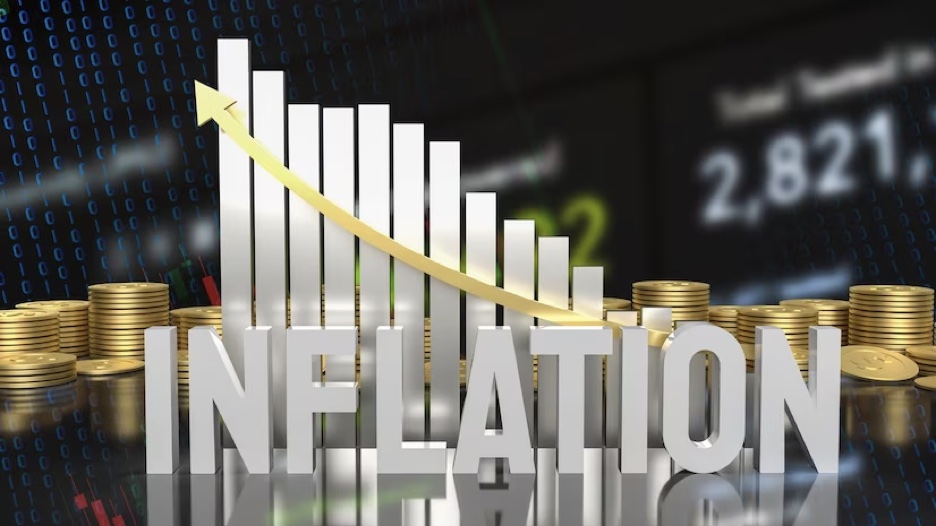
Inflation isn’t just a buzzword economists throw around—it’s a silent force that can quietly erode your investments. As prices rise, the value of your returns can shrink, leaving you with less purchasing power than you might expect. Understanding how inflation impacts nominal returns is crucial to protecting your financial future and making informed investment decisions. Let’s dive into how inflation can deceive even the savviest investors. Through proficator.org/, you can connect with professionals who explain the impact of inflation on returns, ensuring your investment knowledge is always up to date.
The Inflationary Impact on Purchasing Power and Investment Outcomes
Understanding the Erosion of Purchasing Power
Inflation quietly chips away at what your money can buy. Think about how much more expensive your groceries have become over the past decade. That’s inflation at work, reducing your purchasing power.
When prices rise, every dollar you have doesn’t stretch as far. For instance, if inflation is at 3%, something that costs $100 today will likely cost $103 next year. Now, multiply that across all your daily expenses—housing, education, and healthcare—and it’s clear how inflation affects your financial well-being.
Inflation’s Double-Edged Sword for Investments
Inflation doesn’t just impact your day-to-day spending. It also affects how your investments perform. Many people look at the nominal return—let’s say a 6% return on a bond—and think they’re making money.
But if inflation is 4%, the real return is only 2%. It’s like running on a treadmill. You’re moving, but are you really getting anywhere? Investments that don’t outpace inflation are actually losing value in real terms. Even if your portfolio grows, if it’s not growing faster than inflation, you’re effectively standing still—or worse, going backward.
What Can You Do About It?
So, how can you shield your money? One strategy is to invest in assets that tend to outpace inflation, like stocks or real estate. Another option is inflation-protected securities that adjust with the cost of living.
But remember, no investment is risk-free, and it’s always wise to consult with a financial advisor. Keeping an eye on inflation and understanding its impact on your purchasing power and investments is essential to safeguarding your financial future. It’s not just about how much you make, but how much you keep after inflation has had its say.
Real Return: Adjusting Nominal Returns for Inflationary Pressures
What Is Real Return, Anyway?
Let’s break it down: nominal return is the headline number—what your investment appears to earn on paper. But real return tells the true story. It’s the nominal return minus inflation. For example, if your savings account earns 2% interest, but inflation is 3%, your real return is actually negative—meaning your money is losing purchasing power despite the “growth.”
Why Real Return Matters More Than Nominal Return
Imagine you’re saving for a major goal, like retirement or a child’s education. If you only look at nominal returns, you might think you’re on track.
But once inflation is factored in, you could be falling short. It’s like setting off on a road trip without checking the fuel gauge—only to realize, too late, that you don’t have enough gas to get there. That’s why understanding real return is crucial. It gives you a clearer picture of how your investments are truly performing.
How to Calculate and Interpret Real Return
Here’s a simple formula: Real Return = Nominal Return – Inflation Rate. If your investment returns 7% and inflation is 2%, your real return is 5%. But what happens if inflation spikes unexpectedly?
Suddenly, that 7% return doesn’t seem so impressive. This is why it’s vital to continually reassess your portfolio in light of current inflation trends. The takeaway? Don’t be swayed by nominal returns alone. Always ask yourself, “What’s the real return after inflation?”
The Illusion of Gains: How Inflation Masks True Investment Performance
The False Sense of Security in Nominal Gains
At first glance, a 10% return on your investment looks fantastic, right? But let’s not pop the champagne just yet. If inflation is running at 6%, your real gain is only 4%. Worse, if you’re not factoring in inflation, you might be thinking you’re making substantial gains when, in reality, you’re barely keeping ahead—or even falling behind. It’s like mistaking a mirage for an oasis—you think you’ve made it, only to find yourself still parched.
Why Inflation-Adjusted Returns Are a Must
Investors often overlook inflation when evaluating their portfolio’s performance, leading to misguided financial decisions. For instance, holding a bond that yields 5% might seem like a safe bet.
But if inflation is also at 5%, your net gain is zero in real terms. In other words, your money has only maintained its value, not grown it. This illusion of growth can lead to complacency, where investors don’t make necessary adjustments to keep up with rising costs.
Seeing Through the Illusion
The key to avoiding this trap is to always consider inflation-adjusted returns. A good example is the stock market during periods of high inflation. Even if stocks rise, if inflation is outpacing those gains, the real value of your investments isn’t growing as much as you think.
This is why seasoned investors often stress the importance of diversification and selecting assets that historically outpace inflation. Remember, not all that glitters is gold—especially when inflation is casting its shadow on your investments.
Conclusion
Inflation can easily trick you into believing your investments are thriving when, in reality, their real value might be dwindling. By focusing on real returns and understanding inflation’s true impact, you can make smarter financial moves. Always consider inflation when evaluating your portfolio, and seek guidance from financial experts to ensure your investments truly grow over time.
You may be interested in: What causes inflation? Common causes of inflation
